Iran’s militias in Iraq and Lebanon are currently grappling with multi-dimensional crises, including the erosion of their political influence, mounting military pressures, and the need to recalibrate their strategies amid shifting regional alliances in a volatile regional and international environment. These challenges are undermining their ability to sustain the role they once played within Iran’s “Axis of Resistance.” This situation coincides with the visit of the Secretary of Iran’s Supreme National Security Council, Ali Larijani, at a particularly critical and sensitive moment. The visit represents either an opportunity to forge new alliances or an attempt to rescue embattled allies in Iraq and Lebanon.
Ali Larijani’s Visit to Baghdad and Beirut
Amid the shifting geopolitical landscape of the Middle East, Iran’s strategic manoeuvres often reflect a delicate balance between asserting its regional influence and safeguarding the networks of its proxies. The recent visit by Ali Larijani, the newly appointed Secretary General of Iran’s Supreme National Security Council, to Baghdad and Beirut on Aug. 11–12, 2025, embodies this dynamic. This inaugural foreign mission, following Larijani’s appointment on Aug. 5 2025, underscores Tehran’s urgency in addressing mounting pressures on its key allies: Hezbollah in Lebanon and Kataib Hezbollah within Iraq’s Popular Mobilisation Forces.
The stated agenda centres on bilateral cooperation, including the signing of a security agreement with Iraq focused on border control, combating shared threats, and strengthening trade and cultural ties. In Lebanon, discussions are directed toward political and security consultations, affirming national unity, and revisiting historical relations in the context of ongoing tensions. This visit unfolds against a backdrop of regional instability, marked by recent conflicts with Israel, mounting US pressure, and internal challenges facing Iran-backed militias. While Tehran seeks to reinforce the so-called “Axis of Resistance,” the itinerary raises a fundamental question: does it represent a proactive effort to forge alliances, or a reactive bid to rescue embattled allies? Although elements of long-term consolidation are present, the timing and circumstances lean toward crisis management, aimed at mitigating immediate threats to Iran’s proxy influence.
The Geopolitical Context of Larijani’s Tour
The “Axis of Resistance” constitutes the cornerstone of Iran’s regional strategy—a meticulously constructed network designed to project power, deter adversaries, and counter United States (U.S.) and Israeli influence across the Middle East. This complex web of Iran-backed militias and political organisations—most prominently Hezbollah in Lebanon and the Popular Mobilisation Forces in Iraq—has historically embodied Iran’s doctrine of “forward defence.” Under this doctrine, by cultivating powerful proxy forces along the borders of its adversaries, Tehran can exert adequate pressure on Israel and deter direct attacks on Iranian territory, thereby extending its strategic depth far beyond its geographical boundaries. Hezbollah, in particular, has long been regarded as the “crown jewel” of this strategy, owing to its strategic position on Israel’s northern frontier and its formidable arsenal.
However, recent regional shifts and mounting pressures have driven this axis into a profound crisis, exposing its vulnerabilities and compelling Tehran to reassess its strategy. The 12-day war between Israel and Iran in June 2025 marked a decisive turning point, witnessing unprecedented Israeli strikes on Iranian military, nuclear, and residential targets, followed swiftly by U.S. attacks on Iranian nuclear facilities. This conflict laid bare perceived weaknesses in Iran’s defensive capabilities, most notably the reluctance of its proxies to engage fully, raising questions over the axis’s cohesion and reliability. Coupled with the ongoing Israel-Hamas war since October 7, these military engagements have delivered severe blows to the axis, including the elimination of senior leadership and significant battlefield setbacks for both Hamas and Hezbollah.
At the same time, the U.S. has intensified its pressure campaigns on both Lebanon and Iraq, calling for the disarmament of Hezbollah and, respectively, the reform or dissolution of the Popular Mobilisation Forces. This external pressure is compounded by evolving domestic political dynamics in both countries, where newly formed governments and growing local demands for state sovereignty and the monopoly on arms present a direct challenge to the traditional influence of these Iran-backed groups. The convergence of these internal and external pressures has created a highly volatile and challenging environment for Iran’s regional strategy.
In this fragile and challenging environment, Ali Larijani—a pragmatic hardliner and former speaker of the Iranian parliament—embarked on his first foreign tour as secretary of Iran’s Supreme National Security Council. The active diplomatic role assumed by Larijani, appointed on Aug. 5 2025, marks a departure from that of his predecessor, signalling a more pragmatic approach to the execution of Iranian foreign policy. His visit to Baghdad and Beirut on Aug. 11 2025 was explicitly aimed at safeguarding Iran’s interests amid mounting concerns over its regional influence.
Fractures within the Popular Mobilisation Forces and Kataib Hezbollah
In Iraq, similar pressures on Iran’s proxies have manifested through unprecedented measures taken by Prime Minister Mohammed Shia’ Al-Sudani against elements within the Popular Mobilisation Forces (PMF). On Aug.9-10, 2025, al-Sudani dismissed two senior commanders from the PMF’s 45th and 46th Brigades—both affiliated with Iraq’s Kataib Hezbollah—following an investigation into an armed attack on the Karkh Agriculture Directorate in Baghdad on 27 July 2025. The assault, which resulted in civilian casualties and was deemed unauthorised, exposed weaknesses within the PMF’s command structures, as the attackers used weapons against security forces in violation of military protocols. Al-Sudani also acknowledged instances of illegal land seizures in Baghdad’s belt areas by militia-linked groups, referring the suspects to the judiciary—signalling a broader crackdown on rogue elements.
This move marks a shift in Baghdad’s approach toward the Popular Mobilisation Forces—a coalition of Shia militias integrated into the state security apparatus after the fall of ISIS, yet frequently accused of operating independently under Iranian influence. Iraq’s Kataib Hezbollah, known for its attacks on U.S. bases, now finds itself increasingly isolated amid Al-Sudani’s pledge of “zero tolerance” for violations—a stance likely driven by both U.S. pressure and domestic calls for accountability. The investigation also brought to light “formations that do not adhere to military regulations,” prompting a reassessment of command-and-control structures. Kataib Hezbollah denounced these formations as being subject to external influence, alleging their involvement in agricultural land disputes.
Larijani’s programme in Baghdad prioritises the signing of a bilateral security agreement, focusing on shared strategic principles concerning regional security, border control, and threat mitigation. Meetings with officials and political forces are also intended to expand cooperation in trade and cultural exchanges. However, the timing—just days after Al-Sudani’s dismissals—suggests an intent to reassure proxies, rein them in, and safeguard Iranian interests. The agreement could formalise Iran’s role in Iraq’s security, potentially shielding militias from further purges by embedding them within bilateral frameworks.
For Iraq’s Kataib Hezbollah, the implications include a curtailment of operational autonomy, the risk of clashes with government forces, and a diminished capacity to carry out anti-U.S. actions. For Iran, the visit serves to stem the erosion of its influence in Iraq, where divisions within the PMF could invite greater U.S. or Sunni engagement, thereby undermining Tehran’s Shia Crescent strategy.
Hezbollah at a Crossroads
Hezbollah—often described as a “state within a state” in Lebanon—now faces the gravest crisis in its history. The movement’s once formidable military and political stature has been significantly eroded in recent months.
Lebanon’s already fragile political environment has grown more precarious following the cabinet’s Aug. 6 2025 decision to establish a state monopoly on arms and mandate the Lebanese Army to devise a plan to bring all weapons under state control by year’s end. This measure—shaped by US diplomatic pressure and framed as part of a phased disarmament proposal—directly challenges Hezbollah’s military arsenal, which includes missiles, drones, and heavy weaponry.
In protest, Hezbollah ministers withdrew from the cabinet meeting, signalling fierce resistance. At the same time, the group’s new leader, Naim Qassem, vowed to retain the organisation’s arms in the face of perceived Israeli threats. A source close to Hezbollah, quoted by regional media, stressed that the group “will not surrender its weapons under any circumstances and does not seek confrontation with the military establishment,” underscoring the risk of internal conflict or deepening isolation.
This policy shift places Hezbollah at a decisive crossroads: voluntary disarmament would transform it into a purely political entity, eroding its deterrent posture against Israel; outright refusal risks clashes with the Lebanese Army, potentially branding it as an outlaw militia and alienating Sunni, Christian, and Druze factions. The decision follows years of political deadlock, resolved in early 2025, and aligns with international calls to implement UN Security Council Resolution 1559, which demands the disarmament of all non-state actors. Domestically, the move has provoked sharply divided reactions—support from those weary of Hezbollah’s dominance, and condemnation from Shia constituencies that view it as a “grave sin.”
Larijani’s agenda in Beirut—which includes consultations with senior officials and influential figures—appears tailored to this crisis. While Iran’s public messaging emphasises Lebanon’s unity and stability, its underlying aim is to bolster Hezbollah’s position. Tehran has openly opposed the disarmament plan, denouncing it as externally imposed and detrimental to regional security. Through delivering “unspecified messages” and reviewing economic ties, Iran seeks to leverage its influence to delay or dilute the initiative—potentially through diplomatic assurances or financial incentives. The visit may provide Hezbollah with political cover, framing the resistance as essential to national defence. Yet the implications extend beyond immediate support: failure to avert disarmament could force Hezbollah into existential choices, weakening Iran’s southern flank against Israel and diminishing its influence in the Levant. In this context, the Beirut leg of Larijani’s tour leans less toward maintaining routine alliances and more toward rescuing an ally facing a threat to its very survival.
Building Alliances or Rescuing Allies?
The dual nature of the agenda warrants close scrutiny. On one hand, it embodies alliance-building: the Iraqi security agreement and the Lebanese consultations align with Iran’s long-term objective of institutionalising relationships, strengthening economic interdependence, and fostering a “shared strategic logic” against common adversaries such as Israel and ISIS. This proactive posture reinforces the Axis of Resistance, with Larijani’s tour framed as a step toward bolstering regional stability.
However, contextual indicators point to an effort to rescue allies amid acute vulnerabilities. In Lebanon, the visit coincides with a U.S.-backed disarmament drive that strikes at the core of Hezbollah’s identity. In Iraq, it follows Al-Sudani’s crackdown, which has exposed militia excesses and called for enhanced state oversight. Tehran’s opposition to these developments—combined with the post-conflict timing, coming after Israeli strikes and attacks on Iranian facilities—suggests intervention amid a crisis. Rather than pursuing expansive growth, Iran’s agenda is centred on damage control: preventing the isolation of allies, avoiding internal conflicts, and preserving the operational capacities of its proxies. This reactive posture carries the risk of escalation if left unaddressed, potentially deepening Iran’s isolation under ongoing international sanctions.
In conclusion, Larijani’s visit—though cloaked in the veneer of diplomatic normalisation—primarily serves to shield Iran’s allies from mounting internal and external pressures, with alliance-building playing a secondary, presentational role. Its success hinges on navigating these tensions without triggering severe backlash; failure could accelerate the erosion of Tehran’s regional network. As power dynamics in the Middle East continue to evolve, the episode underscores the fragility of proxy-based strategies in an era defined by assertive state sovereignty.
References
AFP – Agence France Presse. “Iran Security Chief Meets Officials in Iraq Before Lebanon Visit.” Barrons, August 11, 2025. https://www.barrons.com/news/head-of-iran-top-security-body-heads-to-iraq-lebanon-61b22c73
Afp. “Iranian Envoy Meets Iraqi Officials Before Lebanon Visit.” DAWN.COM, August 12, 2025. https://www.dawn.com/news/1930306/iranian-envoy-meets-iraqi-officials-before-lebanon-visit
Afp. “Iranian Security Chief Departs for Lebanon After Beirut Moves to Disarm Hezbollah | the Times of Israel.” The Times of Israel (blog), August 11, 2025. https://www.timesofisrael.com/liveblog_entry/iranian-security-chief-departs-for-lebanon-after-beirut-moves-to-disarm-hezbollah/
AP News. “Ali Larijani Discusses Iran-Iraq Security Deal with National Security Advisor, AP News,” August 11, 2025. https://apnews.com/article/iran-iraq-security-deal-larijani-8b89956de9c043703a1c3253de981f86
Ap. “Iraqi Prime Minister Removes Paramilitary Commanders After Deadly Clash with Police.” Arab News, August 10, 2025. https://www.arabnews.com/node/2611300/middle-east
Gebeily, Maya, and Laila Bassam. “Lebanon Tasks Army with Limiting Arms to State Forces in Challenge to Hezbollah.” Reuters, August 5, 2025. https://www.reuters.com/world/middle-east/lebanon-tasks-army-with-limiting-arms-state-forces-challenge-hezbollah-2025-08-05/
Hatton, Ben. “Hezbollah Dismisses Lebanon’s Move to Restrict Arms as’ ‘a Grave Sin.’” BBC News, August 6, 2025. Accessed August 12, 2025.
https://www.bbc.com/news/articles/c5ypld9rg21o
Iran International. “Iraq, Lebanon to Host Iran’s New Security Chief in First Foreign Trip,” August 12, 2025. https://www.iranintl.com/en/202508114087
Mahmoud, Sinan. “Iranian Security Chief Meets Officials in Iraq Before Heading to Lebanon.” The National, August 11, 2025. https://www.thenationalnews.com/news/mena/2025/08/11/ali-larijani-heads-to-iraq-and-lebanon-in-first-trip-as-top-iranian-security-official/
Mahmoud, Sinan. “Iraq Dismisses Two Senior PMF Commanders Over Attack on Government Building.” The National, August 10, 2025. https://www.thenationalnews.com/news/mena/2025/08/10/iraq-dismisses-two-senior-pmf-commanders-over-attack-on-government-building/
Michael Young. “Hezbollah’s Margin Is Tightening.” Carnegie Endowment for International Peace, August 6, 2025. Accessed August 12, 2025. https://carnegieendowment.org/middle-east/diwan/2025/08/hezbollahs-margin-is-tightening?lang=en
Tehran Times. “Larijani Signs New Security Agreement in Iraq Before Heading to Lebanon.” August 11, 2025. https://www.tehrantimes.com/news/516711/Larijani-signs-new-security-agreement-in-Iraq-before-heading
Yohanan, Nurit. “Hezbollah Ministers Walk Out of Cabinet Meeting as Beirut Approves US Disarmament Plan.” The Times of Israel, August 7, 2025. Accessed August 12, 2025. https://www.timesofisrael.com/hezbollah-ministers-walk-out-of-cabinet-meeting-as-beirut-approves-us-disarmament-plan/.


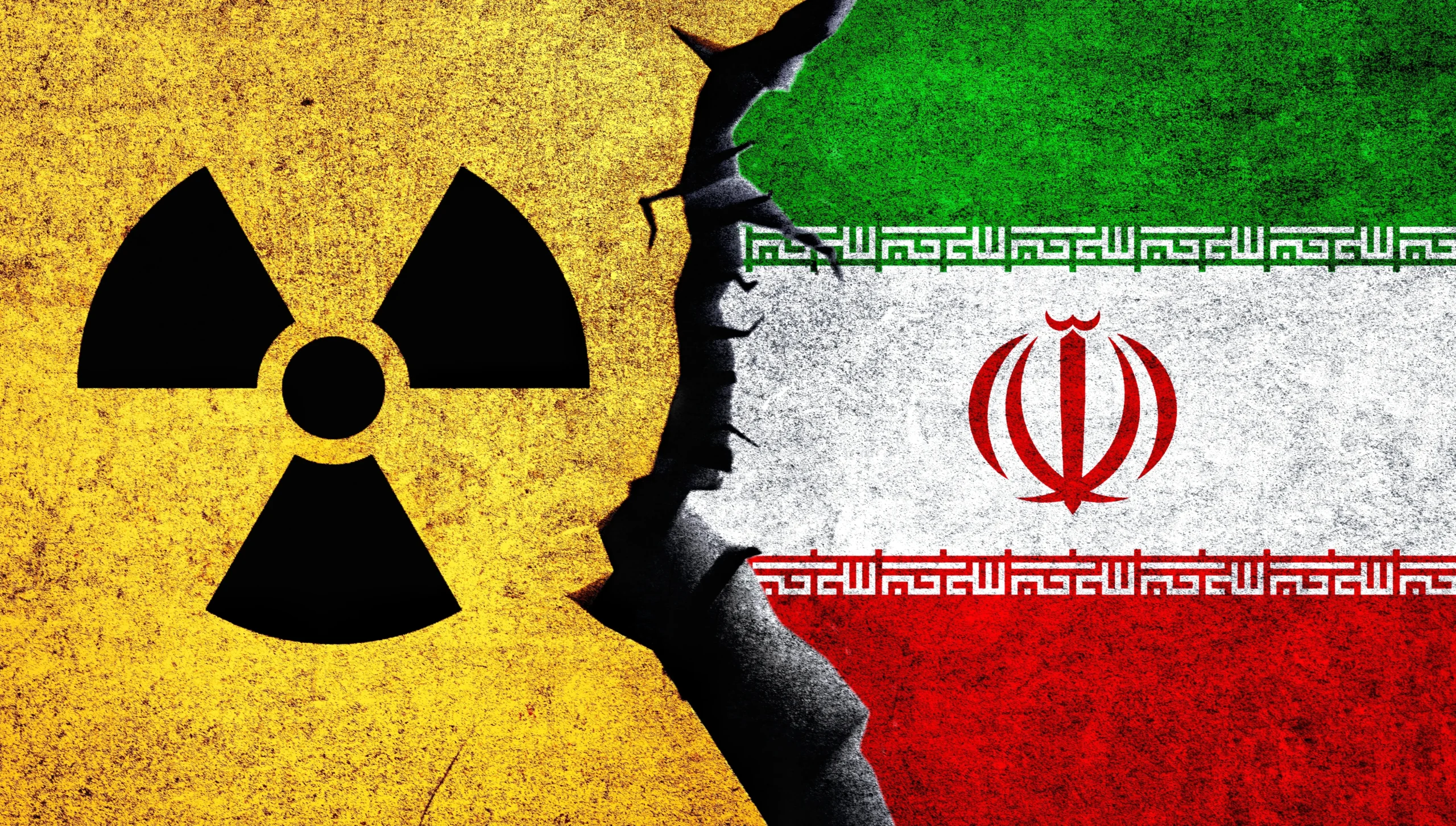
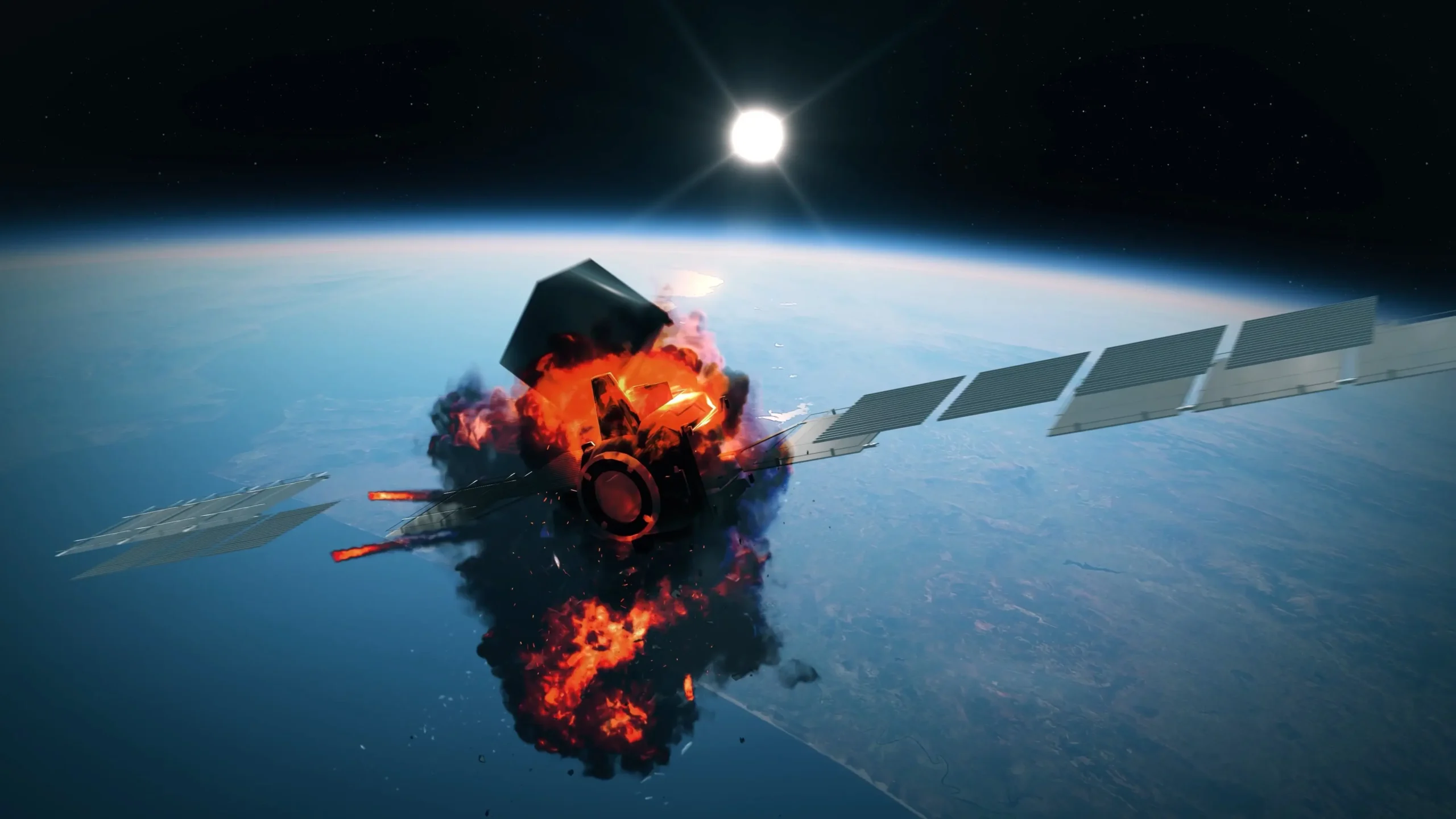
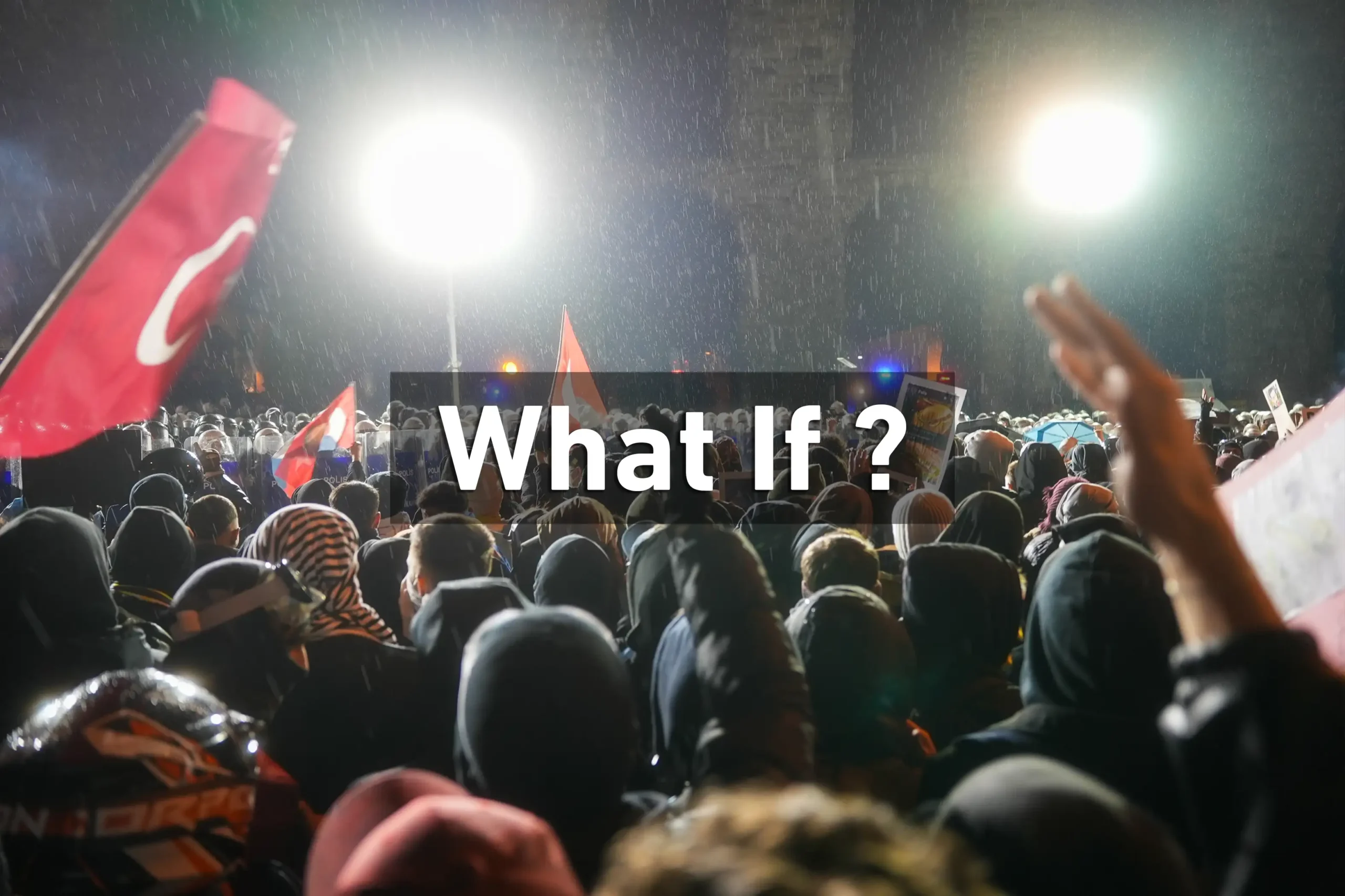

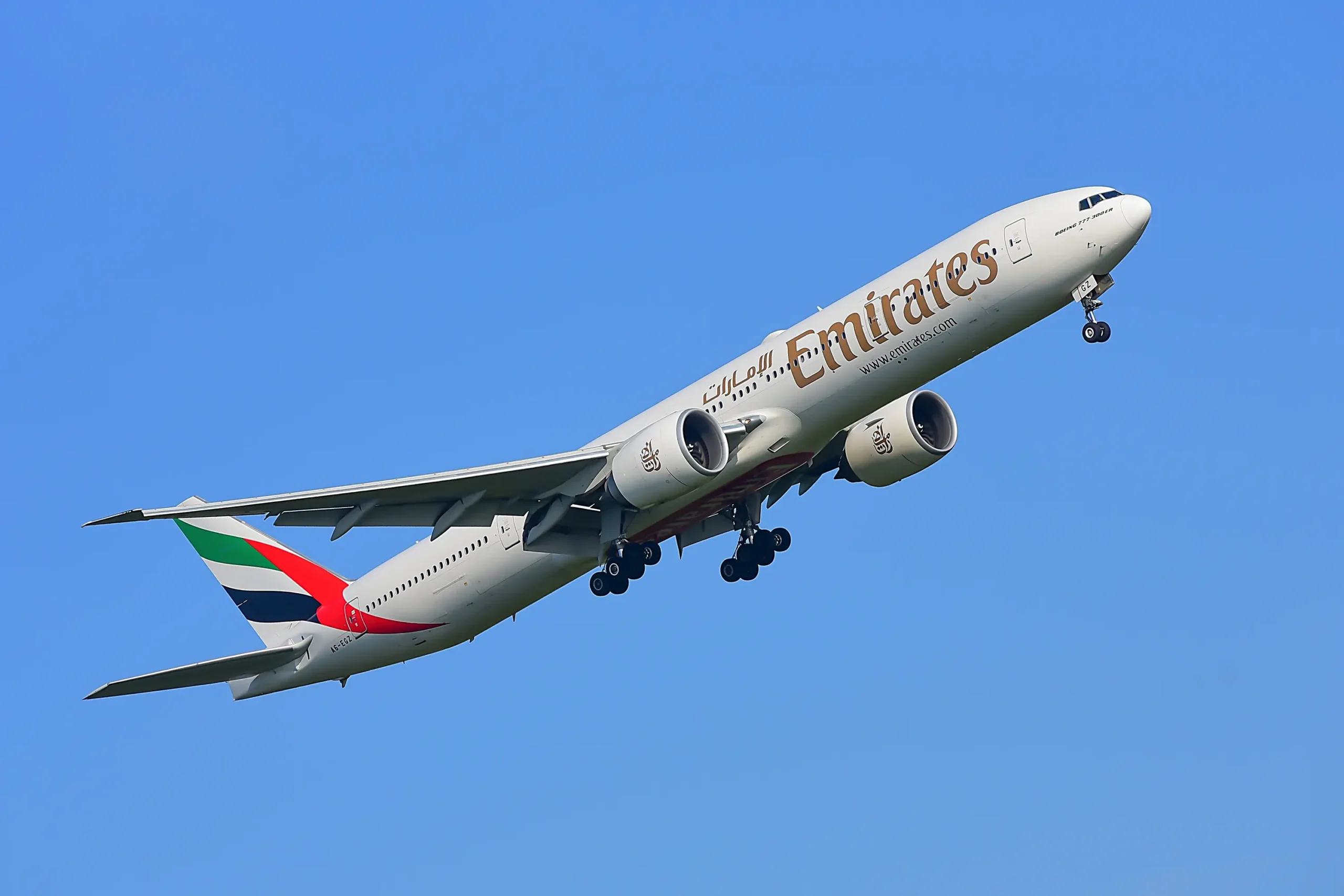

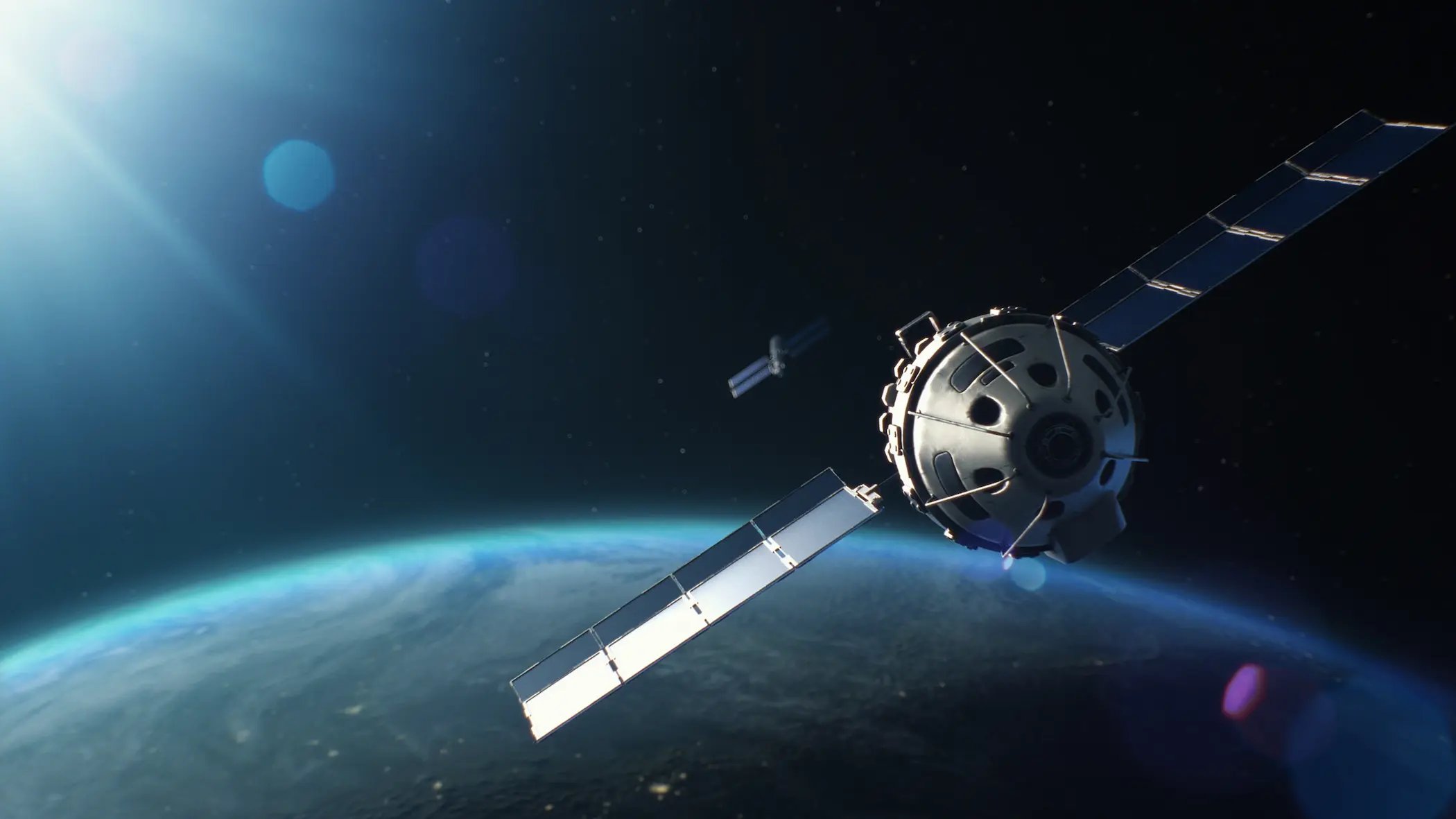
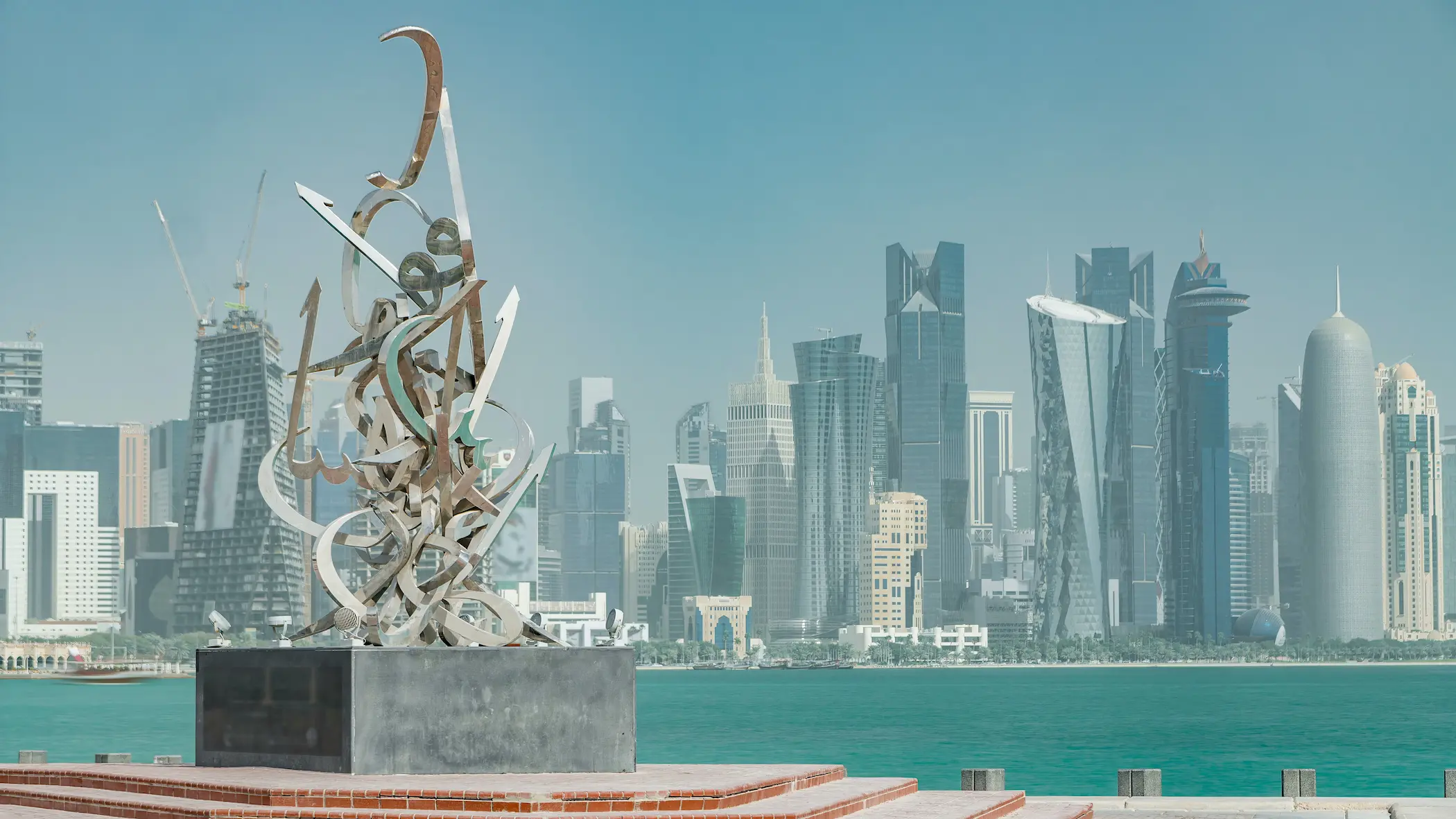
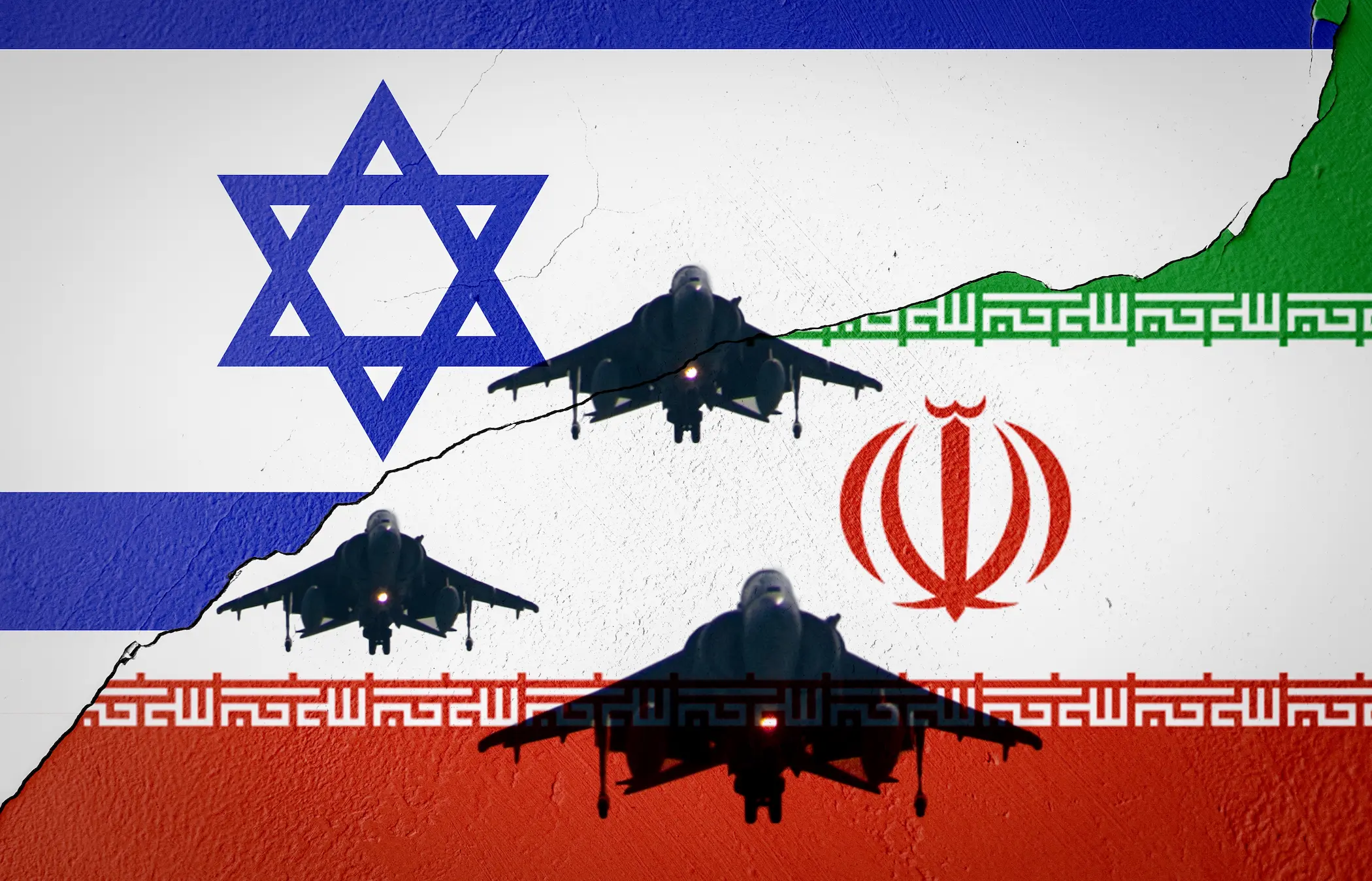
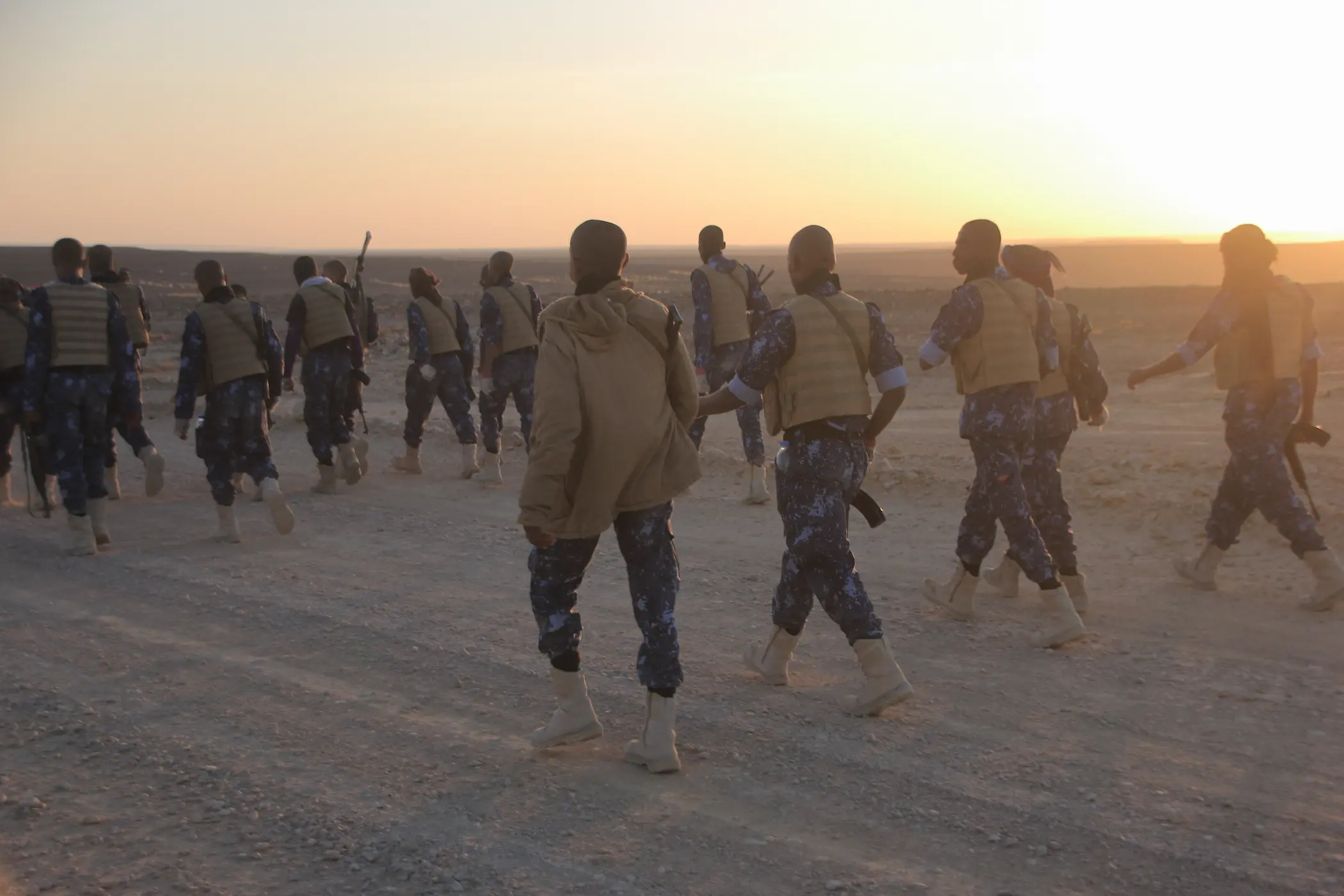
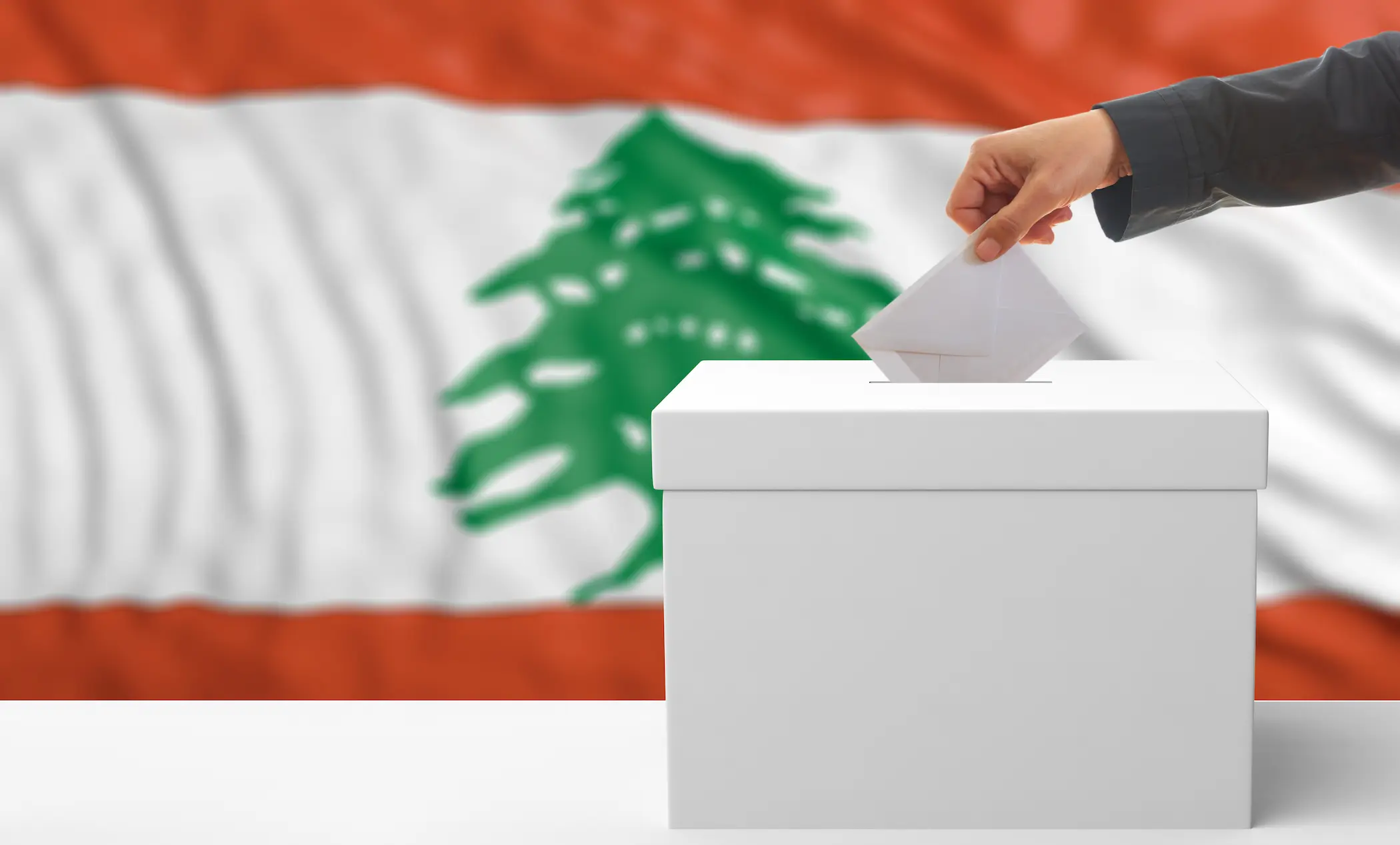
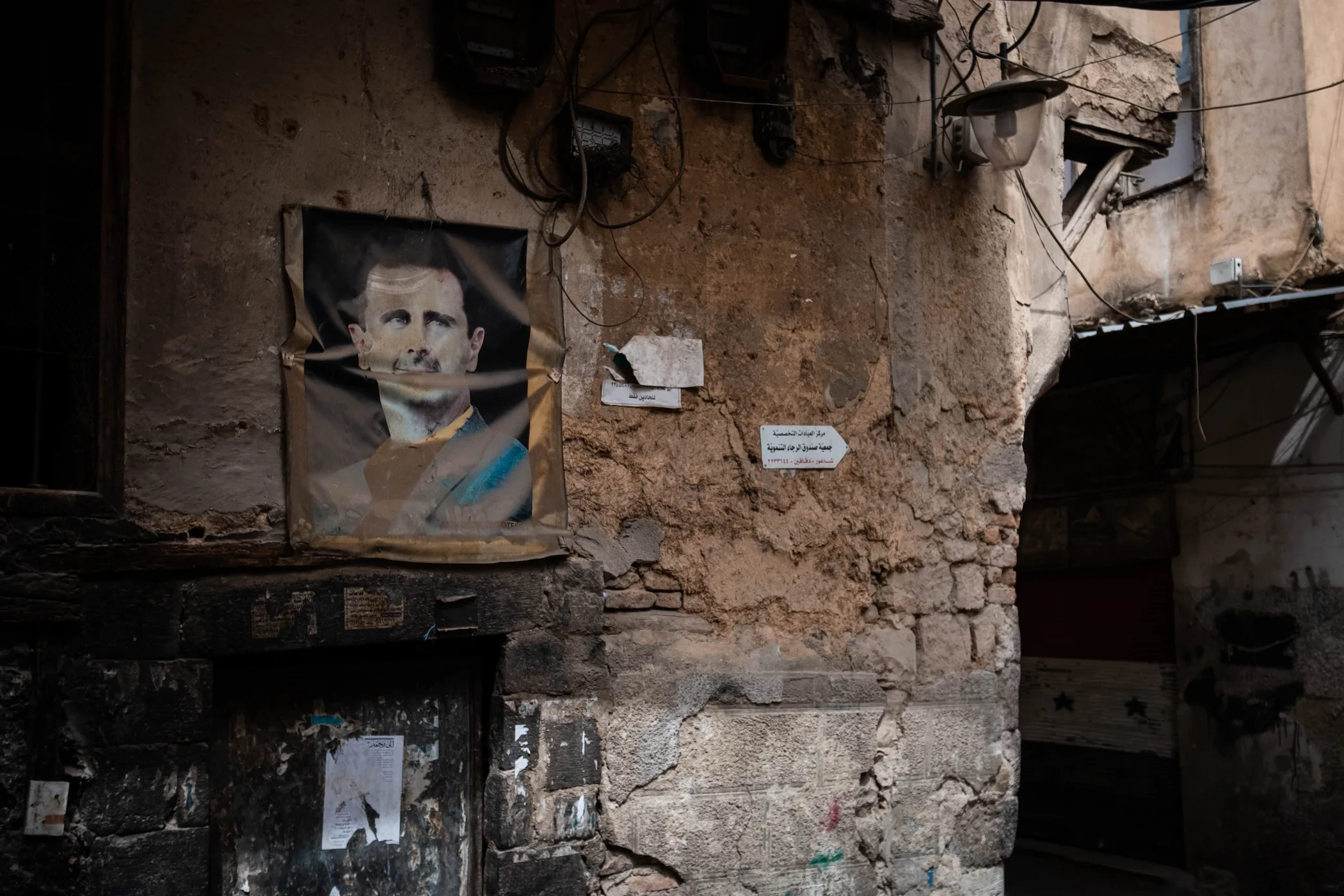





Comments